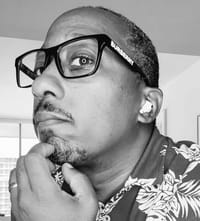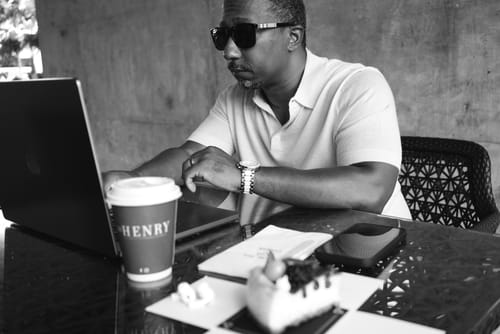In 1992, my father came home with a personal computer. Back then, nobody in our neighborhood had one—it was like seeing a spaceship in the living room. The truth? Everyone in the family suspected it didn’t come from a store. My dad worked in moving and storage, and “finding” things was a regular occurrence. To him, the PC was a novelty. To me, it was a mystery. Nobody else knew what to do with it, so it became mine.
That was the moment it clicked: I could make this machine do what I wanted, when I wanted.
The machine ran Windows 3.1 and came with a stack of about twenty-five floppy disks. No one gave me instructions—I just figured it out. I reinstalled the operating system disk by disk, not because I knew what I was doing, but because I wanted to see what would happen. Inside this strange new world, I found a feature called "Scheduled Tasks". A few days earlier, I’d used the voice recorder to make silly audio clips like “Hello, how are you?” I decided to make the computer play that clip every time someone logged in. I restarted the computer, and it worked. That was the moment it clicked: I could make this machine do what I wanted, when I wanted. It was my first taste of programming—not in code, but in control.
Soon after, I found the DOS prompt. I didn’t know the commands, but I knew it was listening, so I started reading help files and experimenting. Eventually, I installed AOL and got online. The Internet in the early ‘90s was chaos—GIFs, blinking text, animated backgrounds. I wasn’t just fascinated; I wanted to make things like that. That led me into graphic design, which led to animation, which led to HTML. HTML was fine for static pages, but I wanted interactivity. That’s when I found Perl—the scripting language powering much of the web at the time.
Back then, deploying code wasn’t clicking a button. I wrote Perl scripts in a text editor, FTP’d them to a server, set permissions with chmod, and wired them into HTML forms. The first time I paid for space on a shared VPS, uploaded my code, and saw it run live on the web—that was my breakthrough. Not just because the code worked, but because I had owned the entire process from concept to production.
My curiosity pulled me deeper. I learned programming as a craft and started exploring systems and operations. I joined IRC channels, contributed to open source projects, experimented with rapid application development, and tried out various web frameworks. Eventually, I was consulting on full web applications and landed my first job at a local computer retail shop, building scripts, managing the website, and keeping the systems running.
That first tech job didn’t feel like work. It felt like getting paid to keep doing what I loved.
That first tech job didn’t feel like work. It felt like getting paid to keep doing what I loved. The paycheck wasn’t much, but to me it felt like hitting the lottery. It was validation that my self-taught skills had real market value—and the first time I realized I could make a living doing something I’d happily do for free. Decades later, I’m still driven by the same forces that pulled me in back then: curiosity, control, and the joy of making things that work. The tools have changed. The process is faster. But that moment—twelve years old, watching a computer play back my voice because I told it to—that’s still the spark that started it all.

